Young girl’s death in Border Patrol custody leaves questions unanswered
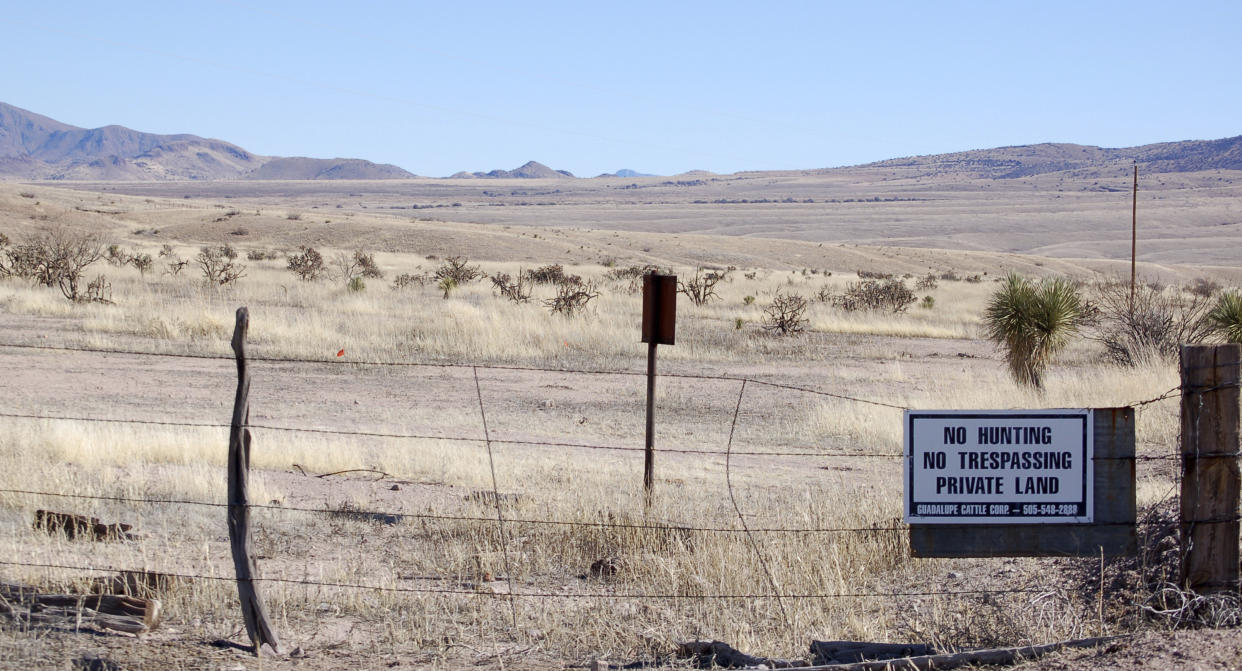
What happened to Jakelin Caal Maquin?
The death of the 7-year-old Guatemalan girl in Border Patrol custody has sparked an investigation and renewed questions about the detention and treatment of migrants, as well as the consequences of strict border policies that encourage more of them to attempt entry via more dangerous routes through unguarded sections of the border.
According to the Washington Post, which first reported the incident on Thursday night, the girl and her father were apprehended by Border Patrol agents one week earlier after crossing, as part of a group of more than 150 people, at a remote area of the desert in New Mexico. Customs and Border Patrol records obtained by the Post reportedly showed that the child began having seizures more than eight hours after she was taken into Border Patrol custody and that she was transported via helicopter to a children’s hospital in El Paso, where she went into cardiac arrest and “was revived” before dying of dehydration and shock the next day.
The news prompted a media effort from the Department of Homeland Security to defend its actions, and a range of reactions from immigration advocates. Some, like Gregory Chen, director of government relations for the American Immigration Lawyers Association, drew the lesson that the Trump administration’s efforts to restrict access to asylum and other forms of humanitarian relief at the border are forcing people to “make dangerous crossings” through the desert.
Others, like Omar Jadwat, director of the ACLU’s Immigrants’ Rights Project, tried to keep the focus on Jakelin.
Discussing policy “is the conversation CBP would rather be having,” he said. While there are “lots of problems with the administration’s asylum policy and the ways in which it works to put people in more danger, the real question here is: What happened to this girl?”
After midnight Friday, just hours after the Post story was published, a DHS spokesperson offered “sincerest condolences” to the child’s family while suggesting that the girl’s father was to blame for her death.
“As we have always said, traveling north illegally is extremely dangerous. Drug cartels, human smugglers and the elements pose deadly risks to anyone who comes across the border illegally,” read the statement. “Border Patrol always takes care of individuals in their custody and does everything in their power to keep them safe.
“Once again, we are begging parents to not put themselves or their children at risk attempting to enter illegally,” the statement continued. “Please present yourselves at a port of entry and seek to enter legally and safely.”
Migrants who do that, however, often end up on a waiting list to be processed that may take weeks to clear.
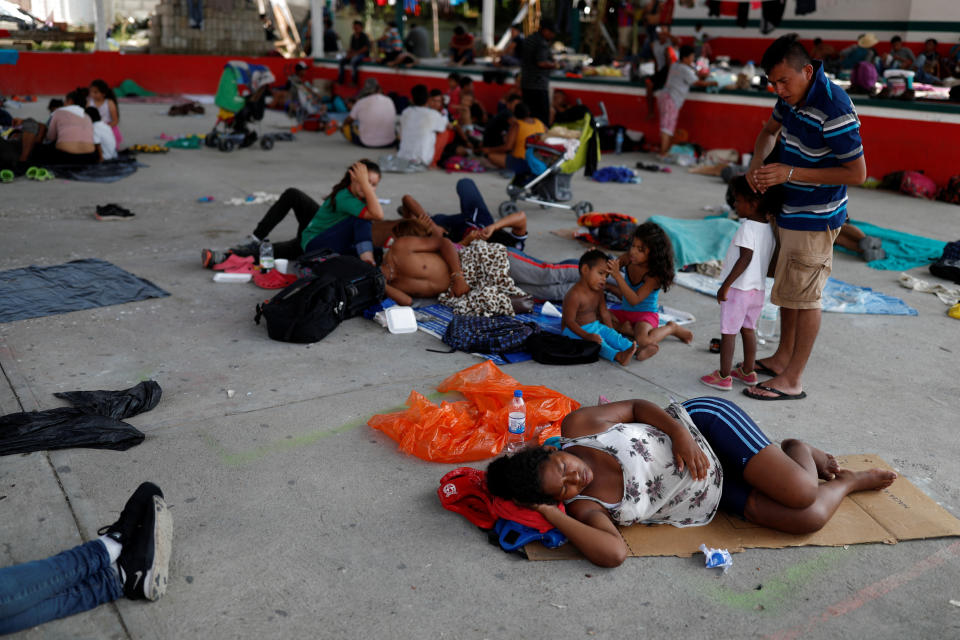
During a background briefing with reporters Friday, officials with CBP and DHS declined to be quoted on the record, while laying out a timeline of events and challenging circumstances leading up to the child’s death that seemed designed to absolve the Border Patrol agents of responsibility.
“Without lifesaving measures taken by Border Patrol, this child would’ve likely died alone in the desert,” a DHS official claimed at the outset of the call, despite the already established fact that the girl did not begin displaying signs of illness until several hours after being detained in the United States.
A CBP official then proceeded to set the scene, starting with the apprehension of a group of 163 undocumented migrants by three Border Patrol agents at around 9:15 p.m. on Dec. 6. The agents encountered the group near the Antelope Wells Port of Entry, an official crossing station in the southernmost region of New Mexico that closes at 4 p.m. every day. It’s unclear whether the group of migrants had intended to present themselves at this remote port of entry in an effort to legally request asylum, as DHS officials repeatedly encourage them to do. The Washington Post article described the group as having “approached U.S. agents to turn themselves in” and the fact that they arrived in such a large group near an official port of entry suggests that they were not attempting to evade authorities. However, the small port in the middle of the desert had been closed for hours by the time the migrants arrived at the border, so they were apprehended for illegal entry and taken to a forward operating base nearby for initial screening.
This initial assessment, conducted by the Border Patrol agents on scene, consisted of about 20 questions as well as a “visual examination.” The CBP official said that there was no medical staff present at the base and emphasized that the agents were greatly outnumbered by the migrants, 50 of whom were unaccompanied minors. But the official said water, food, and restrooms were available.
Because Jakelin was with her father, the two were assessed together, with the Border Patrol agent relying on the father to answer questions about his daughter’s health and well-being.
“Not only were they examined,” said a DHS official, but the girl’s father “signed a form I-779 saying the child had no current sickness.”
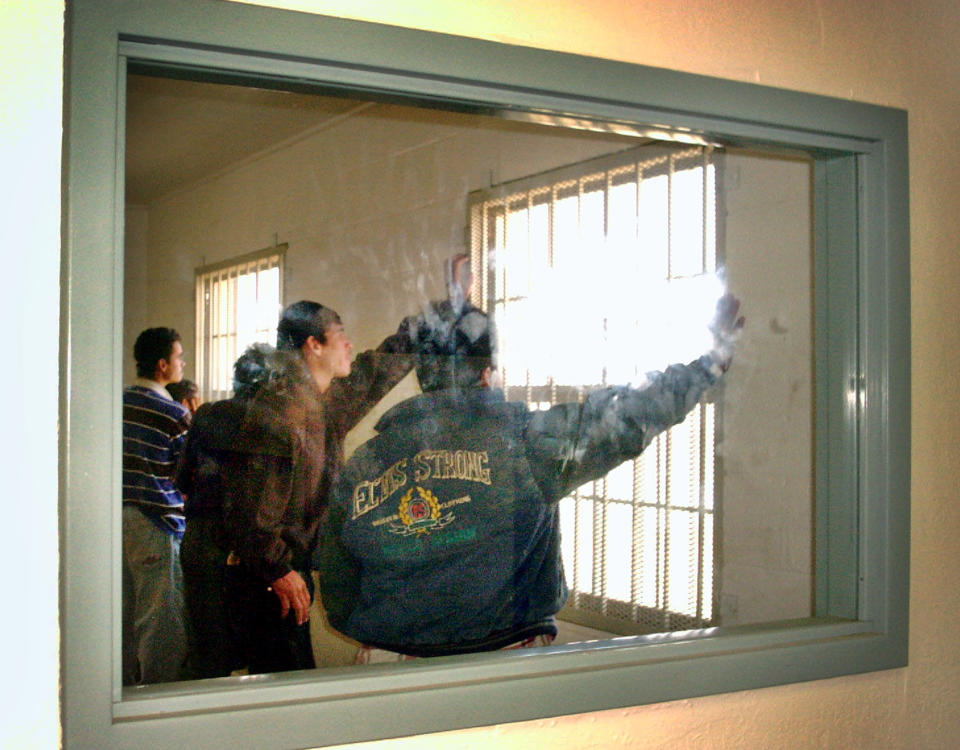
In response to a follow-up question about the language used on the form, a CBP official said “All our forms are in English,” but that Border Patrol agents “have to be proficient in Spanish.” It’s unclear whether the girl and her father understood Spanish or, like many migrants from Guatemala, spoke one of the various indigenous dialects used in different parts of the country. The CBP official said only that the interview was conducted in Spanish because it is the primary language of Guatemala, and the answers “were translated into English and placed on U.S. government forms.”
“There was no indication she had health conditions,” said the CBP official, adding that there were “plenty of opportunities during the period of time while in custody if [her] father noticed anything to bring to attention. He already had been asked about her health, [so he] knew it was something we were interested in.”
The original Washington Post report cites a statement from CBP noting that the girl “reportedly had not eaten or consumed water for several days,” a detail that is also included in lengthy statement posted to DHS’s Facebook page Friday afternoon. However, it’s unclear when and how, exactly, this information came to light. According to the timeline of events provided by DHS and CBP, they began transporting the migrants by bus in groups of 50 at a time to the Lordsburg Border Patrol Station after midnight on Dec. 7, with the unaccompanied minors in the first group. Apparently because of poor road conditions, the first trip took more than three hours to complete. It wasn’t until around 5 a.m. that the second group, which included Jakelin and her father, was ready to depart the base, at which time the father reportedly first notified Border Patrol agents that his daughter had begun vomiting.
“Out of an abundance of caution,” reads DHS’s Facebook post, “agents immediately requested that an EMT meet the bus on arrival at the Lordsburg station.” By the time they reached the station at about 6:30 a.m., the child had reportedly stopped breathing. Emergency responders who began treating her at the station said the young girl’s body temperature was 105.9 degrees.
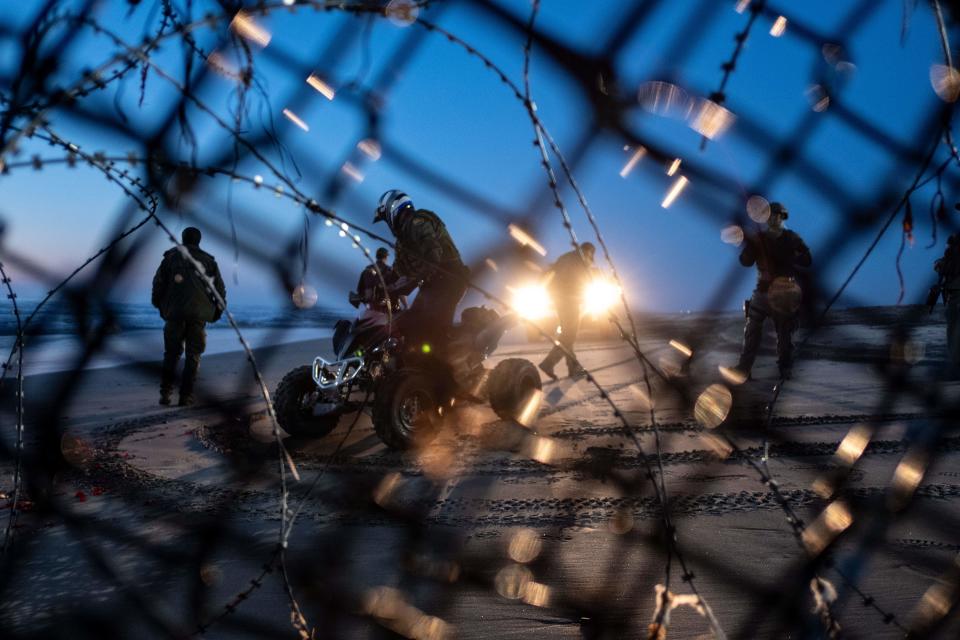
In June, the U.S. Border Patrol reported that heat-related deaths among migrants on the southwest border had risen by 55 percent over the previous nine months, projecting that the rising temperatures over the summer, combined with the large numbers of families and unaccompanied children attempting to cross the border, would result in a year-on-year increase in migrant deaths in 2018.
Historically, humanitarian groups have traced the rise in migrant deaths near the border to increased security at traditional crossing points in urban areas like El Paso-Juarez, Tijuana-San Diego and Nogales-Nogales.
“When those started becoming more heavily enforced, rather than deter people, it rerouted their trajectories,” said Daniel Martinez, an assistant professor of sociology at the University of Arizona, and an expert on migrant deaths near the Mexican border in Arizona. “It sent them to more dangerous areas.” This, he said, forces migrants to spend several days traversing desert or mountainous terrain before making it across the border, which has meant that some have succumbed to the elements along the way.
“Often we want to blame individuals for their own deaths, blame coyotes, smugglers,” Martinez said, referring to DHS’s initial response to the news of the child’s death. “But it’s important to consider that people are responding to structural changes, large economic, political, social factors beyond their control.”
While it might be easy simply to say that no parent should take their child on such a risky journey, Martinez argues, “For them, it makes sense. This is a rational response to a situation of hopelessness that they’re encountering back home.”
He suggested that one need only look at the situation in Tijuana, Juárez and other major border towns where migrants are being turned away and forced to wait for days, weeks, even months for a chance to seek asylum at the port of entry, to understand why migrants might want to find an alternative route.
“At the end of the day, this is a consequence of failed immigration policy, our inability to pass comprehensive immigration reform, and increased border enforcement efforts over the last two and a half decades,” said Martinez.
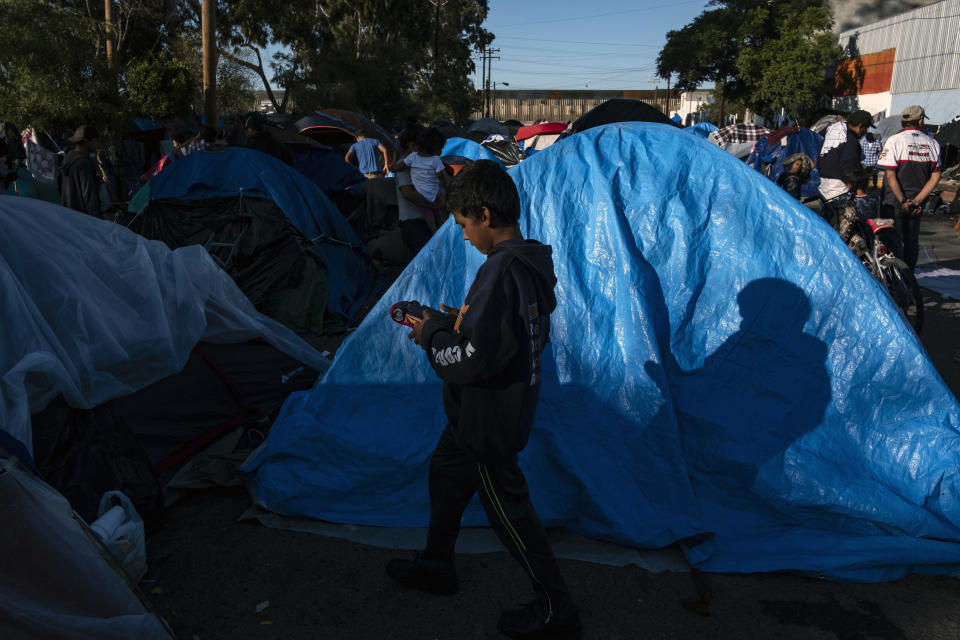
While “the overall scope of the numbers of people coming to borders is far lower than in past years,” the lawyers’ association’s Gregory Chen noted, the arrival of large migrant groups has become a daily occurrence at ports of entry along the southwest border. In fact, a CBP official told reporters Friday that even in the remote desert region where Jakelin and her father were apprehended, Border Patrol agents regularly encounter migrants traveling in groups of 100 to 300.
“It is preposterous that the U.S. government and this administration doesn’t have the resources to be able to manage the Ports of Entry effectively to accommodate the numbers now coming and to ensure these families are screened adequately for humanitarian protection,” said Chen, noting the recent deployment of U.S. military troops to the southwest border, in addition to the nearly 17,000 Border Patrol agents already staffing the region.
“The administration continues to put an inordinate amount of resources into enforcement, including repelling people at the borders or detaining people who are able to enter into the country, rather than improving the ability of our government to screen people properly for asylum,” said Chen. “That over-emphasis on enforcement is having dramatically harmful consequences, and placing the lives of asylum seekers at risk. There’s no denying that.”
The ACLU’s Jadwat emphasized that, in addition to issues with current asylum policies and restrictions along the border, Jakelin’s death should be considered in the context of “long-running and well-documented problems with Customs and Border Protection detention facilities at border … and how it treats people once they are in their custody.”
In 2015, the ACLU joined a handful of other groups in a class-action lawsuit alleging unconstitutional conditions at CBP detention facilities on the border, where detainees reported being held for prolonged periods in freezing cold, unsanitary cells without beds or blankets, limited food, water or medical care. A report published in May by the ACLU’s Border Litigation Project and the University of Chicago Law School’s International Human Rights Clinic specifically highlights problematic treatment of children in CBP custody, including reports of physical and verbal abuse, denial of medical care, and inadequate food and water.
Jadwat noted that much of the data referenced in that report predates the Trump administration but added that there has “certainly been no indication that the administration has made it a priority to address these longstanding problems and fix the problems they have around detention conditions and the way people are treated when they’re first apprehended.” Just this week, CBP Commissioner Kevin McAleenan told members of the Senate Judiciary Committee that the agency’s holding cells are “incompatible” with the record numbers of migrant families and children who have been apprehended at the border in recent months.
“Our Border Patrol stations were built decades ago to handle mostly male single adults in custody, not families and children,” McAleenan said.
On Friday, the Office of the Inspector General for DHS announced that it was launching an investigation into the 7-year-old’s death in Border Patrol custody.
“In addition to an investigation of the specific circumstances of the child’s death,” the announcement also stated that “DHS OIG will continue its ongoing program of unannounced inspections of Customs and Border Protection and Immigration and Customs Enforcement facilities. The results of these inspections will also be reported publicly.”
Read more from Yahoo News:
Blackwater Beef anyone? Private security company’s founder now sells a different kind of muscle
Plea deal by Russian agent Maria Butina describes 2016 influence campaign
U.S. intelligence sounds the alarm on the quantum gap with China
Trump first wanted his attorney general pick William Barr for another job: Defense lawyer
Photos: French police kill suspect in Strasbourg Christmas market attack



